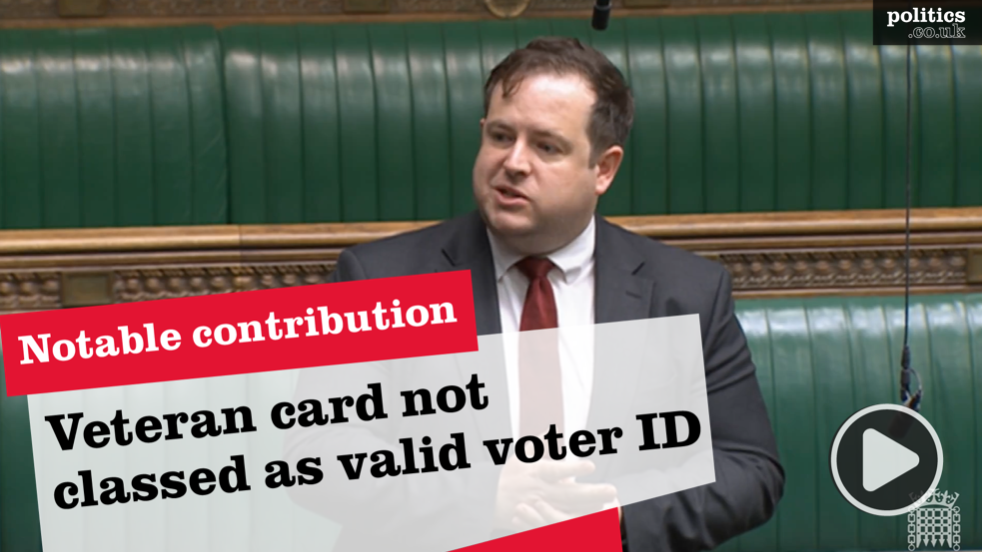Asylum applications have halved
The number of people applying for asylum in the UK has halved in the second quarter of 2003 when compared to the last quarter of 2002, according to the latest official figures from the Home Office.
The Home Secretary, David Blunkett, welcomed the new figures. He also pointed out that removals of asylum seekers who had their asylum claims turned down have increased 20%.
The number of asylum applications in the second quarter of 2003 were down by a third when compared to the previous quarter.
Mr Blunkett said the figures showed that the Government’s new policies towards asylum seekers are having an effect.


The Government introduced a wide range of measures under the Nationality, Immigration and Asylum Act 2002 to tackle what it saw as abuses of the UK’s immigration system by false asylum application.
It introduced new rules stating that refugees would have to claim asylum as soon as they stepped into the country to ensure they would be entitled to benefits. However, this has been successfully challenged in the courts by the argument that asylum seekers have a right to life and the Government should pay for their living costs.
The Government has also moved UK borders controls to France, improving security around the Channel Tunnel, closing Sangatte and extending high-tech freight screening to French and Belgian ports.
Mr Blunkett commented, ‘These figures show that the tough measures the Government has put in place to prevent illegal immigration and tackle abuse of the asylum system are working. We now have half as many claims as we did nearly a year ago. The notion that nothing can be done and Government action is failing is clearly proven to be wrong by today’s figures.’
Conservative Shadow Home Secretary, Oilver Letwin stated that whilst the falls were welcome, he argued that they were mainly due to changes to social security regulations, the increase in the allocation of work permits, and the instructions from the immigration service to its own officials not to pursue illegal immigrants energetically.
Mr Letwin added, ‘Even with all of these manipulations in place, the figures do little more than follow an international trend, and we are still top of both the world and the EU asylum league. The fundamental problems of the current system fairly clearly remain.’
The Government’s figures show that the number of asylum applicants fell to 3,610 in June 2003, putting it on track to deliver on its promise to reduce by half the 8,770 applications in October 2002.
The official figures show that 3,145 illegal immigrants were removed in the second quarter of 2003, on top of the 65,460 immigration offenders removed in 2002.
Mr Blunkett added, ‘All this adds up to significant progress in tightening the UK’s borders and getting to grips with abuse of the asylum system and I pay tribute to the hard work of all those involved. Those who now claim that this is an easy target said exactly the opposite when the numbers were high. The basis on which the figures are compiled and validated has not changed. However, we must not underestimate the challenge we face in sustaining the progress made.’
Forty-two per cent of applications resulted in the asylum seeker being granted permission to stay in one form or another. Asylum was granted to 10% of people whilst exceptional leave to remain was given to 23%. A further 10% were allowed to stay on whilst they appealed against the initial decision.
The Home Secretary announced that he would be bringing forward new legislation at the earliest opportunity to deal with asylum seekers who destroy their documents in an effort to reduce the opportunity to string out the appeals process.











